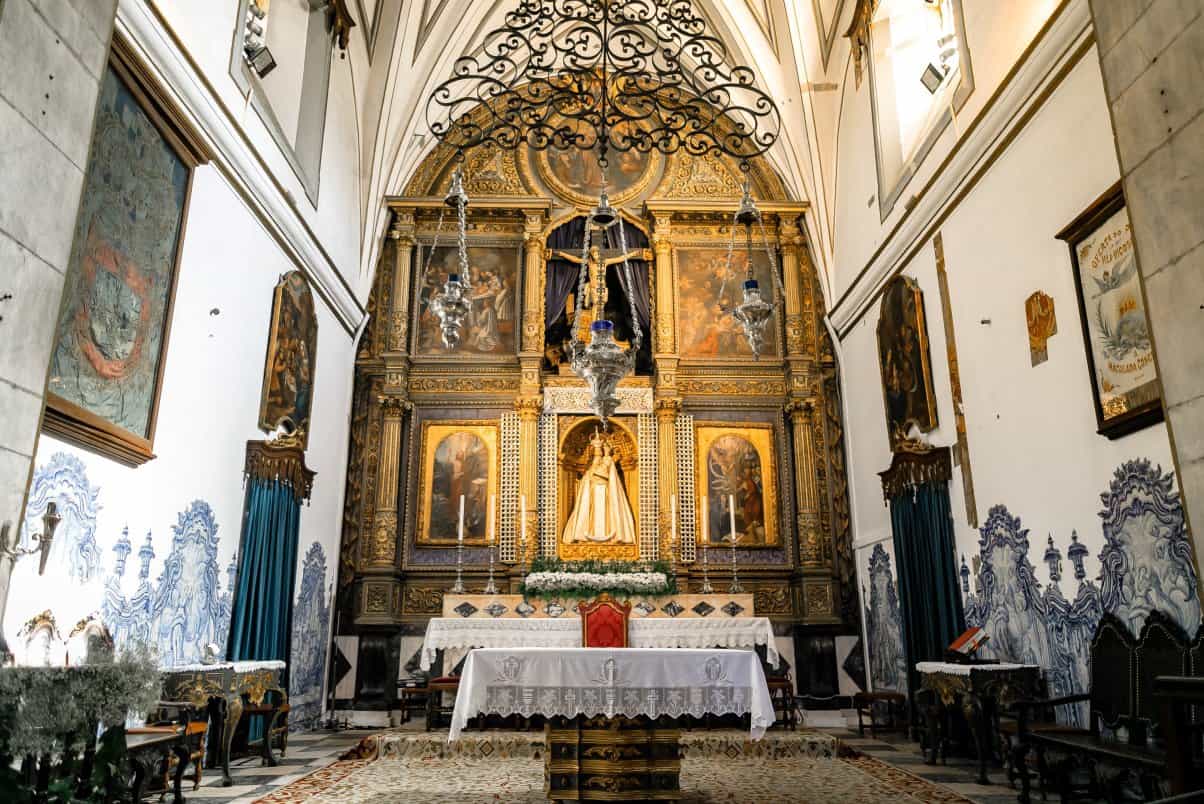Early Christianity
Christianity flourished across the Roman Empire, beginning with the first followers of Christ in the Middle East and throughout the Mediterranean region. Despite periodic Roman inquisitions, the religion grew in size. Certain scholars proposed that its ideologies about the resurrection of the dead and the eternal life of the spirit were attractive theological notions. In contrast, others suggested that the church’s practical efforts to help the poor played a role in its growth.

But when did Europe become Christian? When St. Gregory (known as the Illuminator) persuaded Tiridates III (Armenian King) to accept Christianity in the year 301, Armenia became the first country to convert to Christianity.
Constantine
At the turn of the 4th century, the Roman Empire’s public repression of Christianity had ended. Sympathy for the faith had started to grow even among the ruling class. Christianity was regarded as the Empire’s main religion during Constantine’s I reign. Constantine’s mother Helena helped him convert to Christianity, and Christian accounts claim the presence of a heavenly cross in the sky before a fight—no short of a miracle.

While Constantine didn’t become a Christian or accept Christianity until he came close to death’s door, he financially sponsored and managed the Church’s administration, even judging which theological ideas should be followed.
Arianism
The 4th century simultaneously saw the emergence of Arianism, a new sect of Christianity. It prompted the concept that Jesus was made by God and not entirely equal to Him. These were based on the beliefs of Arius, who was a scholar. Arianism had numerous adherents, consisting of a few Roman emperors, despite being deemed heresy by the major Christian churches.
More crucially, some Germanic tribes, such as Ostrogoths (who conquered sections of Italy), Vandals (who conquered North Africa and governed common-day Tunisia), and Visigoths (who conquered the Iberian Peninsula), embraced the Arian interpretation of Christianity. Between the years 533–534, one of the factors that made the Byzantine Empire acquire these lands was the Vandal persecution of fellow Christians.
Papacy Rising
Back in the early days of Christianity, Rome’s Bishop claimed to be the church’s spiritual leader, but it is uncertain how widely this claim was recognized or what it meant in practice. Popes (Bishops of Rome) wielded enormous power, but the Byzantine Empire supervised and controlled the Popes for much of the Early Middle Ages.
On the other hand, the Popes were influential in dispatching missions to persuade different sections of Western Europe to convert. The Roman Church slowly separated from its Eastern Mediterranean co-religionists. The two main churches became known as Roman Catholic and Orthodox.
Ireland
By the year 400, Ireland had a Christian presence. St. Patrick, once taken by Irish pirates and sold as an enslaved person, came back to Ireland in the 5th century and spearheaded attempts to convert the populace. In the 5th and 6th centuries, a flourishing Christian society was developed. Irish monasteries were learning centers, and numerous missionaries departed from Ireland to preach Christianity in Continental Europe and the British Isles.
Anglo-Saxon England
The attempts to make Anglo-Saxon England a Christian-centered place were not as successful. However, Christian missionaries that departed from Papacy and Ireland successfully converted several rulers during the 7th century. Yet, when the Vikings invaded and imposed their dominion in the 9th and 10th centuries, sections of the Kingdom reverted to paganism.
Central Europe
Clovis I, the Frankish Emperor, was baptized on Christmas Day 496, marking a significant step in spreading Christianity across continental Europe. According to certain medieval historians, the conversion operations of Christian missionaries were typically a top-down process. In this way, they tried to convert the leaders of diverse people, with the expectations that the common people would slowly follow.
Scandinavia
It took an extremely long time before the Scandinavians decided to forego their Norse religion, even though many Christian missionaries came to various parts of the country in the 8th century. Even when Olaf Tryggvason, Norway’s ruler, tried to enforce Christianity on his followers, they would rebel and disregard the religion. It wasn’t till after the Middle Ages that the Sami people accepted Christianity.
Iceland
Christian missionaries arrived in Iceland in the 10th century and converted a few people, while others clung to their old beliefs. During the Icelandic people’s general assembly (in the year 1000), it was agreed that Thorgeir Thorkelsson (the head of the assembly) had the task of deciding which religion to pick for the people. He decided to make Christianity the overall practiced religion, while those who wished to practice the Norse religion could do it privately.
Bulgaria

The Byzantine Empire and Papacy tried to convert the Bulgarian people within their own control during the 9th century. Boris I, Bulgaria’s ruler, took advantage of the situation to pursue each side, looking for the best option for his strategic goals. He was ultimately able to reach an agreement with the Byzantine Empire that enabled the establishment of a Bulgarian national church that the Archbishop of Constantinople lightly supervised. The church’s official liturgy used the Bulgarian language.
Lithuania
People in the Baltic region were the last significant resistors of Christianity in Europe. Crusades were launched to force them to convert between the 12th and 14th centuries. The Teutonic Order successfully carved out a state in portions of the Baltic region, but something remained unconquered—the grand Duchy of Lithuania. It grew into a significant power.
Grand Duke Jogaila wasn’t converted to Roman Baptist till he married Queen Jadwiga of Poland. Although aspects of the pagan faith lingered until the Middle Ages, he baptized the Lithuanian people a year later.
Our Final Thoughts
We hope this guide proved an extensive answer to your burning question of when did Europe become Christian? We can see the power Christianity holds through history, and no matter what previous faiths you followed or didn’t follow, it accepts us all. Let us take that as a sign from God and keep thanking him for making us devout Christians.







